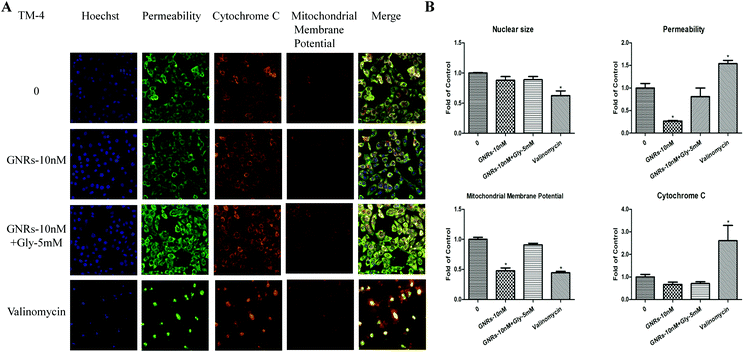 Open Access Article
Open Access ArticleCreative Commons Attribution 3.0 Unported Licence
Correction: Metabolomic profiles delineate the potential role of glycine in gold nanorod-induced disruption of mitochondria and blood–testis barrier factors in TM-4 cells
Bo
Xu
ab,
Minjian
Chen
ab,
Xiaoli
Ji
ab,
Zhilei
Mao
ab,
Xuemei
Zhang
ab,
Xinru
Wang
ab and
Yankai
Xia
*ab
aState Key Laboratory of Reproductive Medicine, Institute of Toxicology, Nanjing Medical University, 818 East Tianyuan Road, Nanjing 211166, China. E-mail: yankaixia@njmu.edu.cn; Fax: +86-25-86868427; Tel: +86-25-86868425
bKey Laboratory of Modern Toxicology of Ministry of Education, School of Public Health, Nanjing Medical University, Nanjing 211166, China
First published on 12th July 2018
Abstract
Correction for ‘Metabolomic profiles delineate the potential role of glycine in gold nanorod-induced disruption of mitochondria and blood–testis barrier factors in TM-4 cells’ by Bo Xu et al., Nanoscale, 2014, 6, 8265–8273.
The authors have noticed an error in Fig. 4A, whereby the published version displays incorrect images for ‘Hoechst’, ‘Permeability’, ‘Cytochrome C’ and ‘Mitochondrial Membrane Potential’ for the ‘0’ group. The corrected version of Fig. 4 is provided below. The authors confirm that all of the results and conclusions of the article remain unchanged.
The Royal Society of Chemistry apologises for these errors and any consequent inconvenience to authors and readers.
| This journal is © The Royal Society of Chemistry 2018 |

